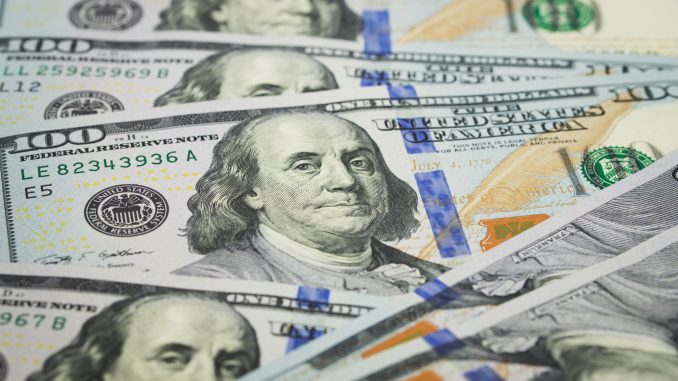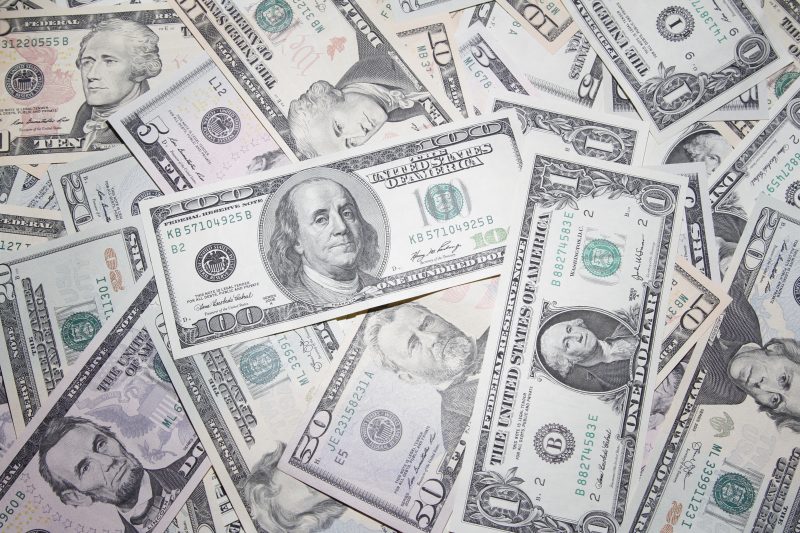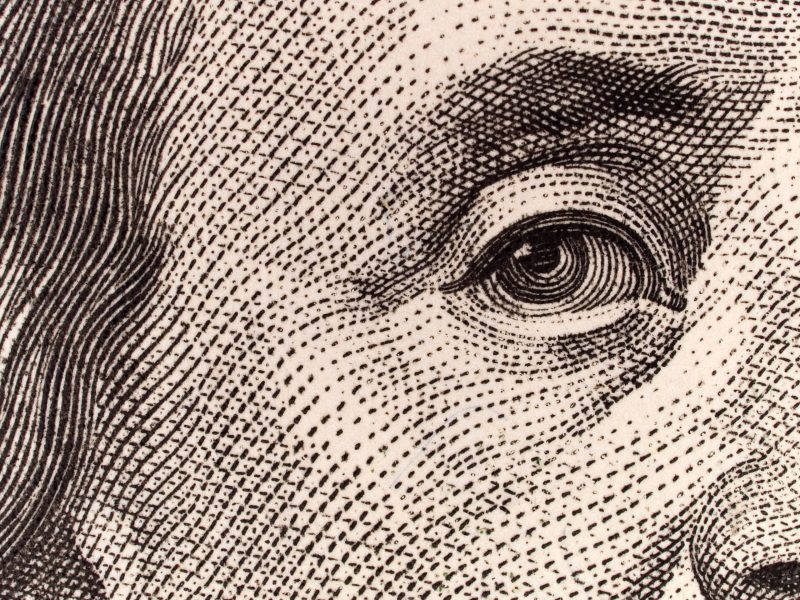
Have you given any serious thought about the money in your pocket? How can you tell if it is real or fake?
Even if you haven’t, chances are that you know that the money is protected by the government against counterfeiting in more than just one way.
Money security experts at Kolibri USA have shared with us some ways that the US dollar is being protected against counterfeiting and the ways you can check whether the money in your hands is real or fake.
The Paper Itself
Most of the protection methods employed by the government relate to paper currency. Coins are simply not valuable enough for counterfeiters to replicate, so the security standards on them are much less strict than on paper currency.
Well, when we say paper, that’s technically not true. The US dollar is printed on a fabric comprised of three-quarters cotton and one-quarter linen. This is done to ensure the durability of a single note, seeing how the fabric is far more resistant than paper.
The material has red and blue threads embedded in it throughout the bill which the counterfeiters cannot replicate, so they attempt to print, something which can be fairly obvious to spot for a skilled person.

Ultraviolet Protection
Aside from the visible and obvious security like the paper and small coloured threads, the US currency is also protected by some invisible methods.
Invisible in regular light, that is. Each bill has a watermark which is only visible when the bill is exposed to ultraviolet light. Most counterfeit money detectors use this detection method, among others when checking the validity of individual bills.
Each denomination of the US dollar has a different colour security thread which appears under UV light, as well as different placement on the bill itself.
The $100 bill has an additional measure of protection since it is very often the target of counterfeiting operations. Apart from the regular watermark and security ribbon, it has another, thicker holographic security ribbon. This one is located just to the right of Benjamin Franklin’s head. When tilted up and down, the image on the ribbon changes between the number 100 and the liberty bell.
The Ink
The ink used to print money is also not the run of the mill ink in your printer. Rather, it is a very specific blend which can and is used by more advanced counterfeit money detectors to authenticate bills and their legitimacy.
The backs of US dollar bills are green, but the faces are printed with black, metallic ink which shifts slightly in colour when you tilt the bill. This blend is a closely guarded secret by the U.S. Bureau of Engraving and Printing and it is very difficult to replicate.

How to Detect Fake Money
Even though it can be very challenging to create legitimate-looking counterfeit money, it has been done before, so it is always good to be able to tell the difference. There are a few ways you can figure out if the money you are given is real or fake.
First of all, you can learn to feel the difference in the quality of the paper. As mentioned before, the dollar is printed on cloth, so if something feels off, be careful and inspect the bill visually.
A UV pen can shine UV light onto the bill and discover whether the watermark and security strip are there. However, this device will only protect you from this kind of counterfeiting.
Professional counterfeit money detection machines, on the other hand, offer a variety of protection methods, including the UV, IR, and magnetic ink protection which can make filtering out counterfeit money much simpler and easier.